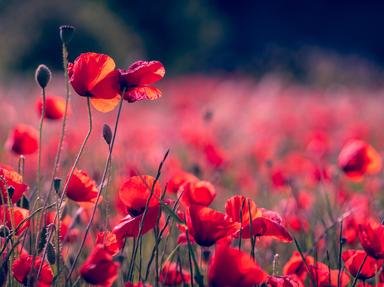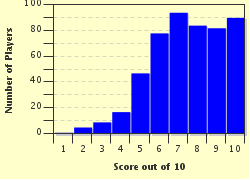Quiz Answer Key and Fun Facts
1. Captain Scarlet was the lead character in a 1960s British sci-fi TV programme created by Gerry and Sylvia Anderson and produced using marionette puppets. What was the full title of the show?
2. The Ruby Mountains are located in which 'silver' US state, better known for its relaxed attitude to marriage and divorce?
3. The majority of the action in the 1995 film 'Crimson Tide' takes place in what inhospitable location?
4. The term 'pinks' is often, and slightly misleadingly, used to describe the red jackets worn by people taking part in which traditional British countryside activity?
5. What is the name of the American band whose albums include 'Songs About Jane', 'It Won't Be Soon Before Long' and 'Overexposed'?
6. What was the name of the American composer who jointly won an Academy Award for Best Original Score at the 1975 Oscars (for a 1974 film), for a film that was directed by his son?
7. 'The Cardinal' was a play written during the Caroline era of English history - that is the period relating to the reign of King Charles I. What was the name of playwright who created it?
8. Rust is both a shade of red and a type of corrosion that occurs when a particular metal is exposed to air or water for a long time. Can you select a more technical name for rust from the options below?
9. A small bird of the Tyrannidae family, native to the Americas, is named both for the bright red plumage displayed by the male and its method of catching its prey. Can you name it?
10. During which war did the Battle of Magenta take place near a town of the same name?
Source: Author
Fifiona81
This quiz was reviewed by FunTrivia editor
trident before going online.
Any errors found in FunTrivia content are routinely corrected through our feedback system.

